Trained on multi-hospital data, iSeg spots moving tumors doctors sometimes miss, edging radiation treatment toward pinpoint perfection.
Category: robotics/AI – Page 159
Ford CEO Admits Defeat With SHOCKING Comments
Questions to inspire discussion.
🧠 Q: How is Ford trying to shape consumer attitudes towards driving? A: Ford is attempting to convince consumers that driving is an essential life skill rather than a chore, possibly to maintain demand for traditional vehicles.
👨💼 Q: What message is Ford sending about the future of driving? A: Ford’s CEO suggests that everyone should continue to know how to drive, implying that fully autonomous vehicles are not the immediate future.
Regulatory Approach.
📊 Q: How might Ford be influencing regulators regarding autonomous vehicles? A: Ford may be trying to convince regulators that autonomous vehicles are not significantly safer than human drivers to potentially delay or prevent approval.
Technology Development.
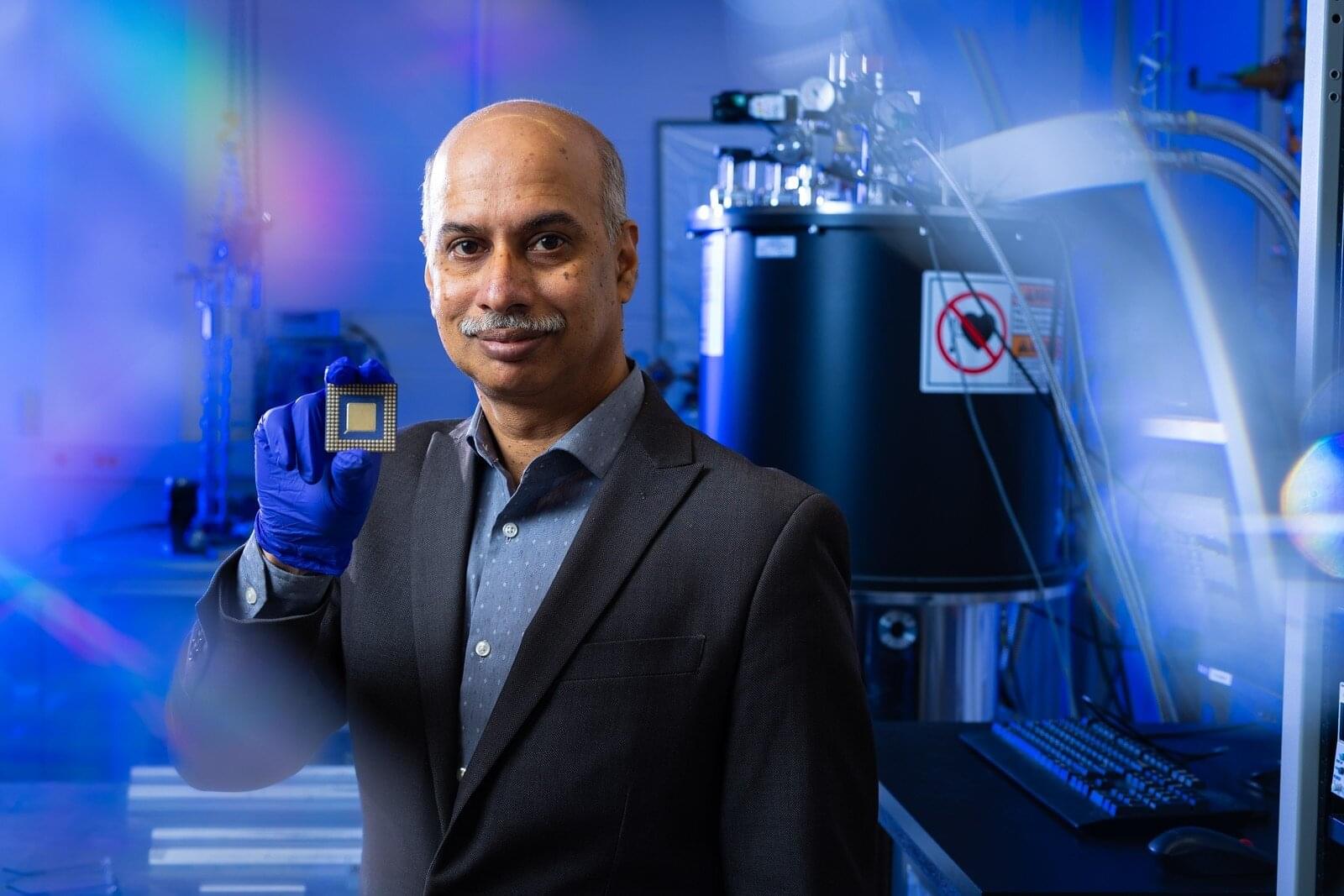
How can AI be more energy efficient? Researchers look to human brain for inspiration
It’s estimated it can take an AI model over 6,000 joules of energy to generate a single text response. By comparison, your brain needs just 20 joules every second to keep you alive and cognitive.
That’s why University at Buffalo researchers are taking inspiration from the human brain to develop computing architecture that can support the growing energy demands of artificial intelligence.
“There’s nothing in the world that’s as efficient as our brain—it’s evolved to maximize the storage and processing of information and minimize energy usage,” says Sambandamurthy Ganapathy, Ph.D., professor in the UB Department of Physics and associate dean for research in the UB College of Arts and Sciences.
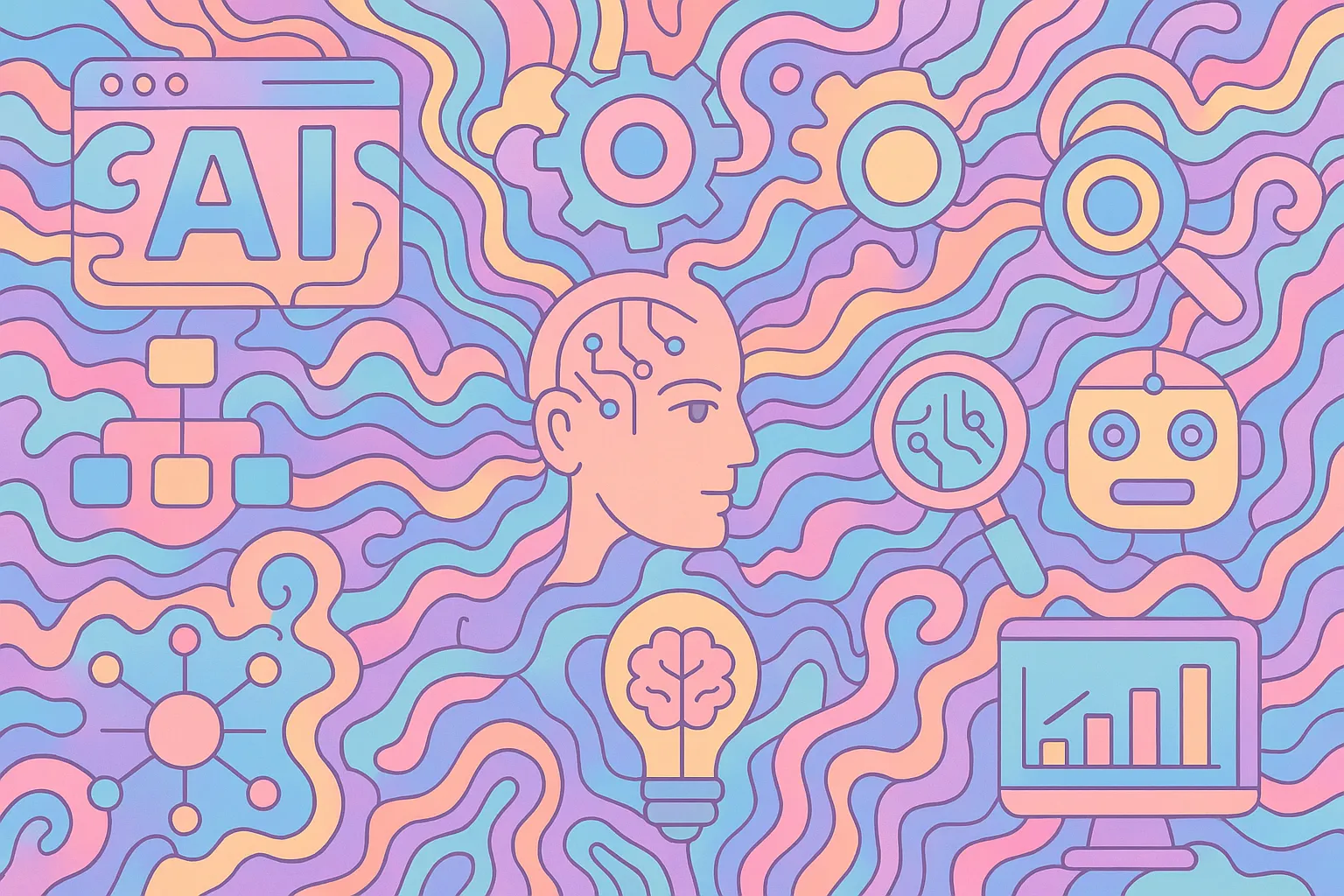
The 40 Best AI Tools in 2025 (Tried & Tested)
In this article I list 45 AI tools across 20 different categories. After exploring all the available options in each category, I’ve carefully selected the best tools based on my personal experience. This ensures that the recommendations come from real, practical use, so you can trust that they’re grounded in what actually works.
For each tool, I focus on its best use cases, explaining when and how it can be most useful. I also share what I love about each one, as well as any downsides I’ve encountered during my experience. Additionally, I provide information on the free version and premium pricing plans for each tool.
An in-depth guide to the 40 best AI tools including the best AI assistants, video generators, automation tools, app builders, and more.

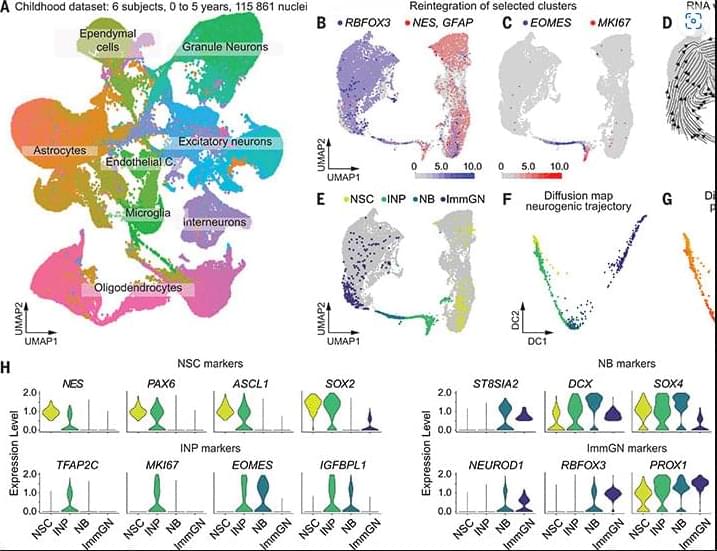
Identification of proliferating neural progenitors in the adult human hippocampus
Continuous adult hippocampal neurogenesis is involved in memory formation and mood regulation but is challenging to study in humans. Difficulties finding proliferating progenitor cells called into question whether and how new neurons may be generated. We analyzed the human hippocampus from birth through adulthood by single-nucleus RNA sequencing. We identified all neural progenitor cell stages in early childhood. In adults, using antibodies against the proliferation marker Ki67 and machine learning algorithms, we found proliferating neural progenitor cells. Furthermore, transcriptomic data showed that neural progenitors were localized within the dentate gyrus. The results contribute to understanding neurogenesis in adult humans.

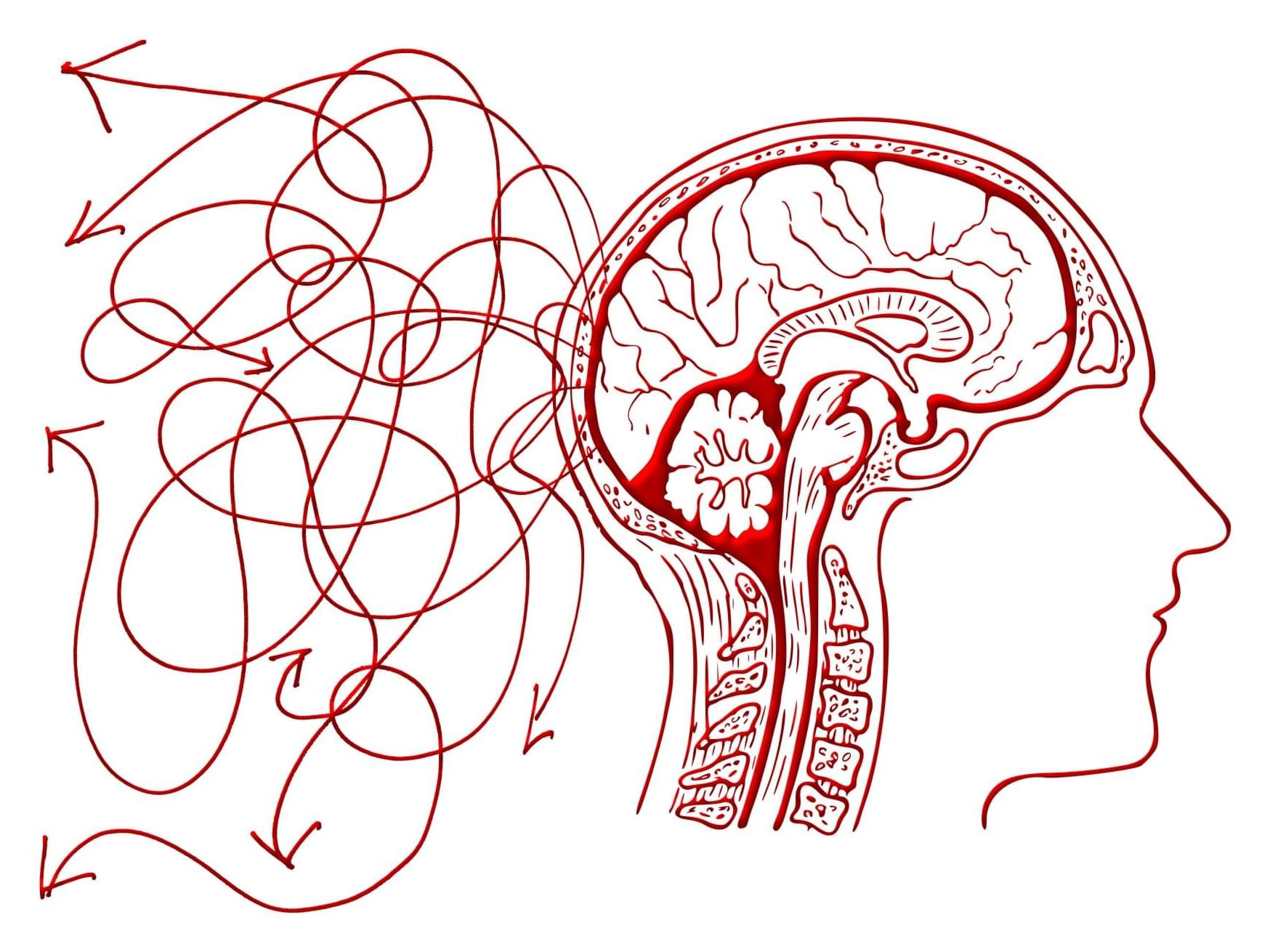
How do we reach decisions? Researchers pioneer AI method to uncover cognitive strategies
Researchers have long been interested in how humans and animals make decisions by focusing on trial-and-error behavior informed by recent information. However, the conventional frameworks for understanding these behaviors may overlook certain realities of decision-making because they assume we make the best decisions after taking into account our past experiences.
A newly released study by a team of scientists deploys AI in innovative ways to better understand this process. By using tiny artificial neural networks, the researchers’ work illuminates in detail what drives an individual’s actual choices—regardless of whether those choices are optimal or not.
The work appears in Nature.
Robots could one day crawl across the moon, and undergrads are laying the groundwork
The future of moon exploration may be rolling around a nondescript office on the CU Boulder campus. Here, a robot about as wide as a large pizza scoots forward on three wheels. It uses an arm with a claw at one end to pick up a plastic block from the floor, then set it back down.
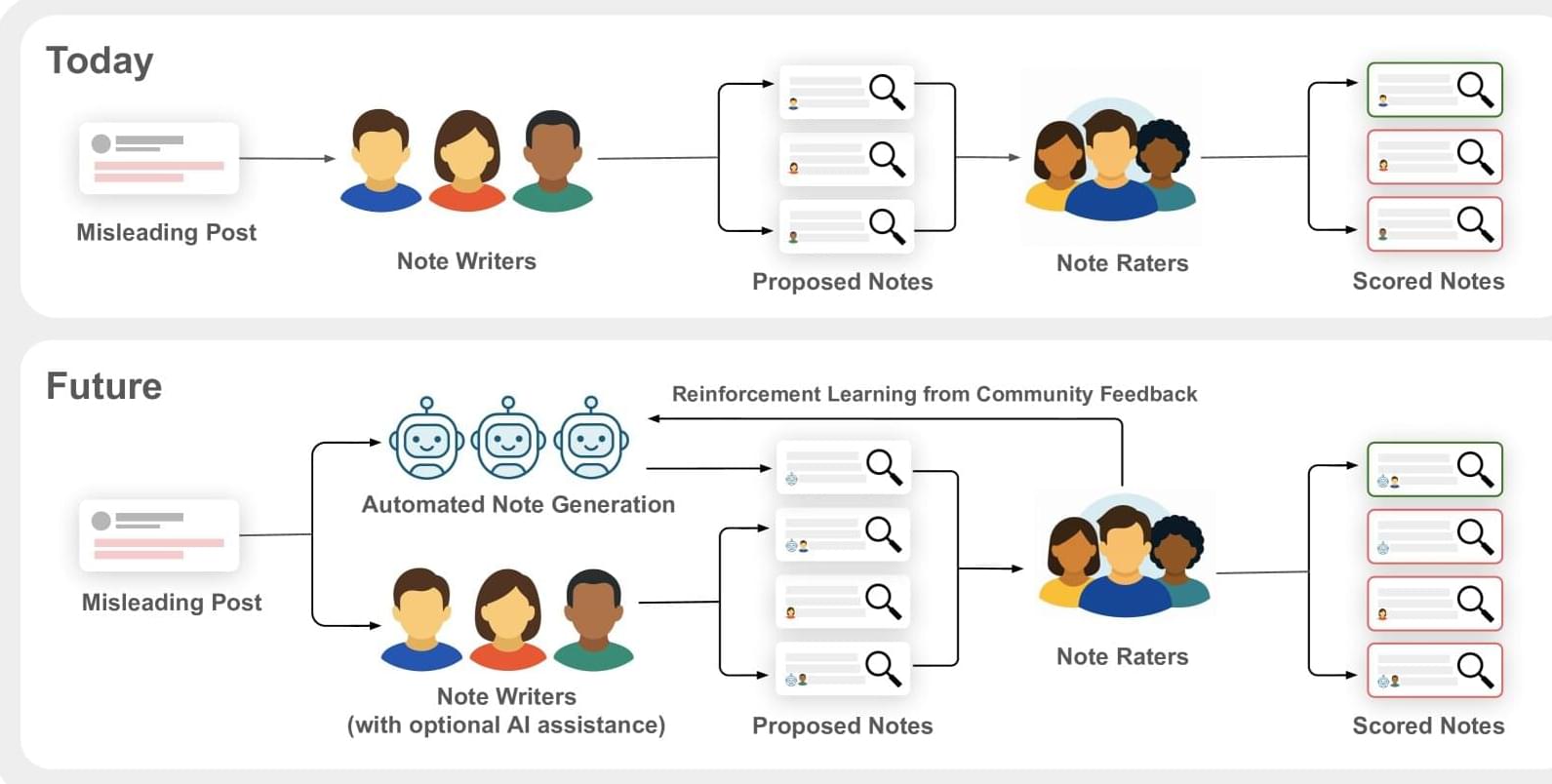
Pilot program integrates AI-generated notes with human community notes on X platform
X (formerly Twitter) launched its “Community Notes” program in 2021 to combat misinformation by allowing users to add contextual notes on posts that might be deceptive or lead to misinterpretation. An example would be users labeling an AI-generated video as such, so that other users would not be tricked into believing the event in the video actually occurred. Community notes are rated by the decentralized social media community to determine their usefulness. Only the notes determined useful by raters are shown on the post. X’s Community Notes later inspired other platforms to launch similar programs.